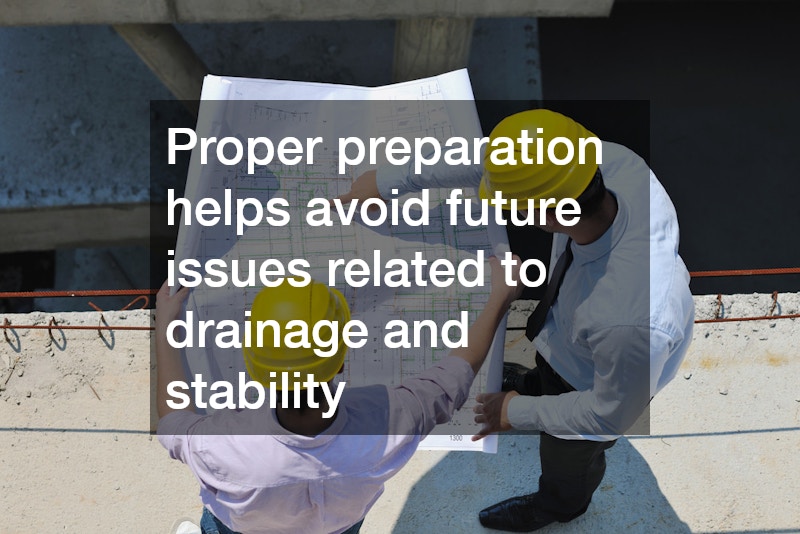The professional process of installing a propane tank in your home can be complex. Understanding this process is essential for ensuring safety and efficiency in your home’s energy use. Whether you are switching from another energy source or installing propane for the first time, having a professional install your propane tank is critical.
The Essential Installation Steps
The installation of a propane tank involves several essential steps that ensure a secure and compliant setup. First, a professional will conduct a site assessment to determine the best location for the tank, considering factors like accessibility and safety clearances. This initial step is critical as it lays the foundation for the entire installation process.
Next, the installer will prepare the site, which may involve excavating a designated area, leveling the ground, or placing a gravel base to support the tank. Proper preparation helps avoid future issues related to drainage and stability. The physical installation of the tank follows, which includes securing it per the local regulations and manufacturer guidelines.
Finally, the installer will connect the necessary piping and valves, ensuring everything is properly sealed to prevent leaks. This stage also involves testing the system for leaks and making any adjustments as needed. Upon completion, a walkthrough may be conducted with the homeowner to explain the operation of the propane system.
The Safety Measures Taken by Professionals
Safety is a primary concern for professionals during propane tank installation. They adhere to strict safety protocols to ensure the installation is conducted without incident. This includes wearing proper protective equipment and utilizing tools specifically designed for handling propane equipment.
Moreover, professionals are trained to recognize potential hazards at the installation site. They will assess nearby structures and vegetation to identify any risks before beginning. Additionally, they follow established safety standards from organizations like the National Fire Protection Association (NFPA), which outlines proper practices for propane systems.
Lastly, ongoing communication with homeowners during the installation process is essential for maximizing safety. Professionals will ensure that you are aware of any necessary precautions, both during and after the installation. This approach not only protects the installer but also ensures the safety of everyone living in the home.
The Permits Required for Installation
Before a propane tank installation can begin, understanding the necessary permits is crucial. Most municipalities require homeowners to obtain a permit before the installation can occur, which involves submitting plans for approval. This process ensures compliance with local codes and regulations governing propane systems.
The specifics of required permits can vary by location. It is important to consult with local authorities to determine the exact requirements. In some cases, the propane supplier or installer may assist with the permit application process, streamlining the experience for the homeowner.
In addition to local permits, adherence to national regulations is essential. The National Propane Gas Association provides resources and guidelines for safe installation practices. By ensuring all permits are in place, homeowners can avoid potential legal issues, delays, or fines down the line.
The Installation Process Timeline
The duration of a propane tank installation can vary based on multiple factors. On average, the process typically takes a few hours to one full day. However, the specifics of your installation will ultimately determine how long the job will take.
Key factors influencing installation time include the location of the installation site, the size of the tank being used, and the complexity of the piping and connections involved. In situations requiring extensive groundwork or special considerations, such as difficult terrain, the installation may take longer than usual.
Additionally, various weather conditions can affect the timeline. Rain, snow, or high winds can delay outdoor work and make it unsafe for the installation team. To get an accurate estimation of the timeframe, homeowners should consult their installer, who can provide insights based on your unique situation.
The Post-Installation Steps
Post-installation, homeowners can expect to go through several important steps. Once the propane tank is installed, the professional will provide a comprehensive overview of the system, demonstrating how to operate it effectively. This information is vital for the safe and efficient use of propane in the home.
Maintenance is another critical aspect to consider after installation. Regular checks and servicing are essential to ensure the propane system remains safe and efficient over time. Homeowners should familiarize themselves with these maintenance requirements, which may include periodic leak checks and inspections of the tank and piping.
Lastly, understanding the follow-up services will help homeowners maximize their experience. Most propane suppliers offer ongoing customer support, including emergency services should any issues arise. Having a reliable point of contact ensures that any concerns or questions are addressed promptly and efficiently.
Understanding the installation process and its components can enhance your experience and ensure the safety of your propane tank operation at home. From the essential steps of installation to the ongoing maintenance responsibilities, being informed empowers homeowners to make the best decisions regarding their propane systems. By entrusting this task to professionals, you are investing not only in quality workmanship but also in the safety and efficiency of your home’s energy supply.

